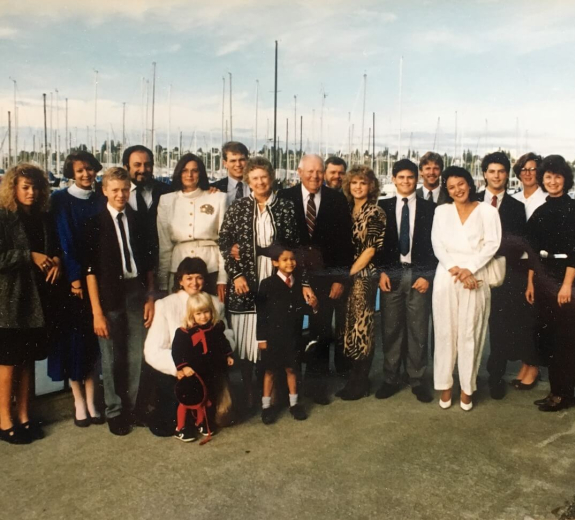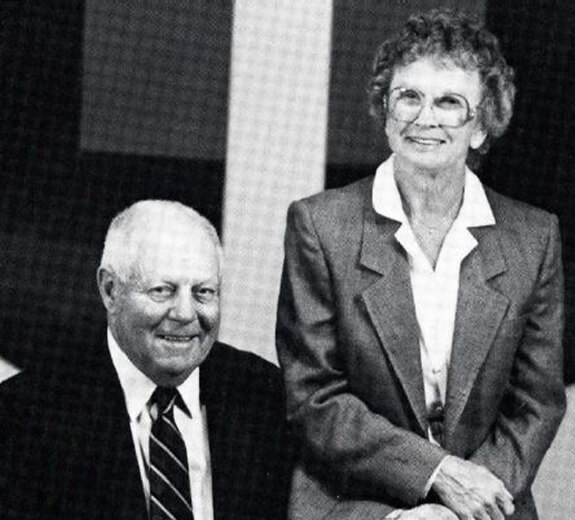Improving Lives Worldwide
Mary’s participation in the insulin pump study shows how her impact extended far beyond Seattle. She and the other research participants didn’t just wear the pumps and collect data; they also delivered valuable feedback about living with – and improving – the pumps.
“People like Mary literally helped us write the book on living with insulin pumps,” Dr. Mecklenburg says. “That shifted us from a place where T1D patients relied on doctors to call the shots to a place where T1D patients worldwide could take charge of their condition, and stay healthier and more active than ever before.”
Empowering Patients
Mary did everything she could to live well with T1D, which is what led her to Virginia Mason’s class about helping regulate blood sugar through diet and exercise in the 1950s. Mary’s daughter, Lynette Evans, explained that Mary knew the devastating effects T1D could have, so she did everything she could to prevent that.
“She came home from class, taped the dietary chart to the cabinet and followed it to the letter,” Lynette says.
Seeing how this class could empower patients to independently manage T1D inspired Mary and her husband Delmer to give a sizable donation to expand the program, creating the Buse Diabetes Teaching Center.
This center has helped thousands of T1D patients learn new strategies and live fuller lives.
“Thanks to the Buses, we upended the treatment paradigm by enabling patients to better manage T1D on their own,” Dr. Mecklenburg says.
Enabling Breakthroughs
Mary was part of a groundbreaking generation of T1D patients:
People born before 1920 who showed it was possible to live a long, full life with the disease.
“She wore an insulin pump, eventually one much smaller than what she first tested, for 25 years,” says Mary’s grandson, Rich Weiss. “And it helped her live a full and happy life — to travel, to spend time with family, and even to golf three times per week at age 85.”
Mary’s steadfast commitment to helping others inspired those around her and lives on through her philanthropy.
“She saw how one breakthrough opened the door to many more,” Dr. Mecklenburg says, “and I know she’d be happy that her gift will help us keep raising the bar on research and treatment.”




